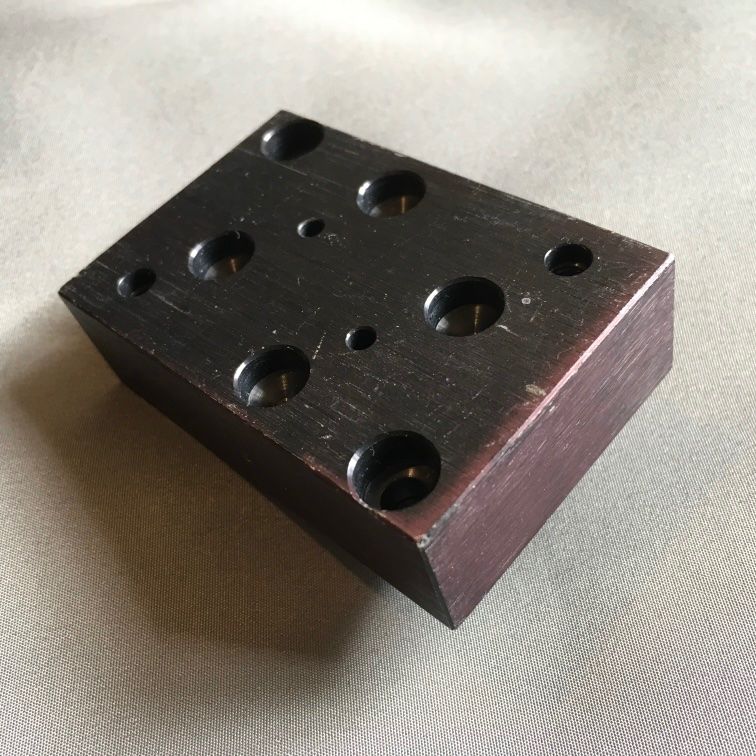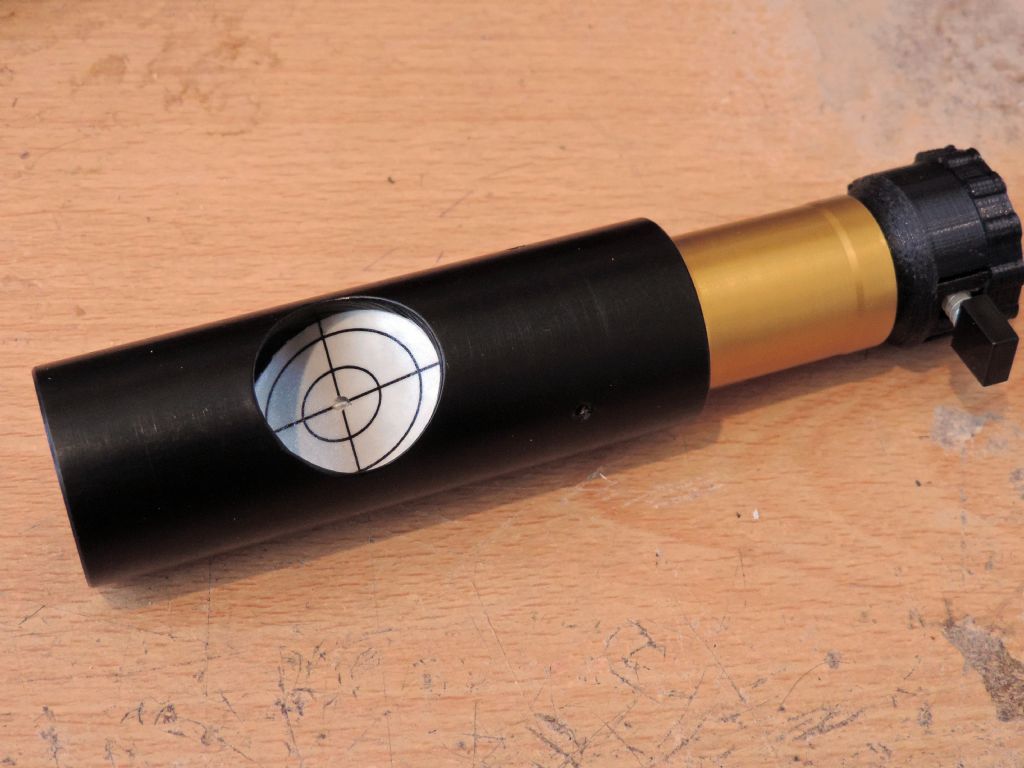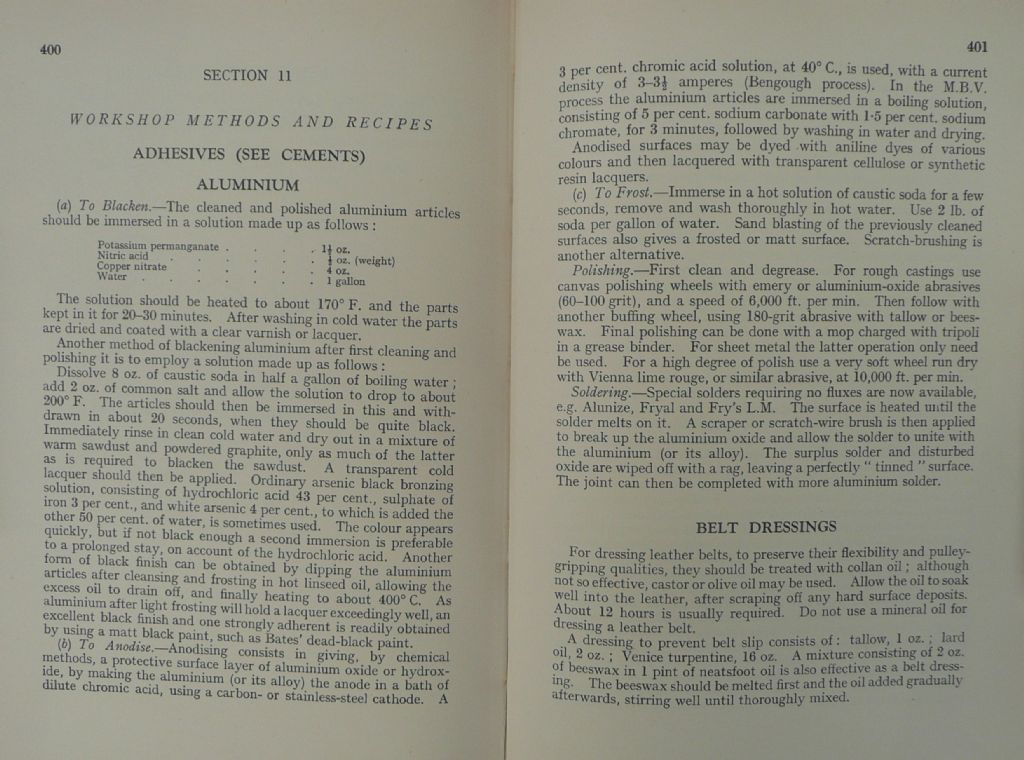Bazyle asks if 'printer ink' will work here – as you might expect, it all depends.
[A] If you mean ink as used by proper printers in the days following Gutenberg, the black was basically soot – amorphous carbon, in particle form, held together by some sort of usually-water-based glue. So – no.
[B] If you mean 'ink' as used in laser-jet printers it is just a clever powder version of [A], often with magnetic black oxide as well as carbon, and a synthetic resin which becomes sticky when heated. Again – no.
[C] If you mean the liquid ink used in ink-jet printers, then you may have a chance – as the black is a dye (or a mix of dyes) in a water base (with other solvents). Anodising may produce a porous surface which is friendly to the dyes – but there is a risk that the dyes may not all be affected the same way, so you could get a brown or a purple etc. And the result is not going to be waterproof.
[D] modern printer ink used for magazines etc can vary a lot depending on the type of paper, the printing method and speed etc. The results tend to be fairly waterproof. So while this might work, I promise you will spend a long time and get your fingers thoroughly stained as you try to find out.
My suggestion would be to look at the alcohol-based dyes sold to renovate the canvas hoods on elderly motorcars (etc). They are intended to be waterproof and rub-proof, and are dye-based not carbon particles. And – a big advantage – they are sold in small bottles and you won't have a lot of wasted time explaining 'what do you want it for, sonny?'
Cheers, Tim
Georgineer.







